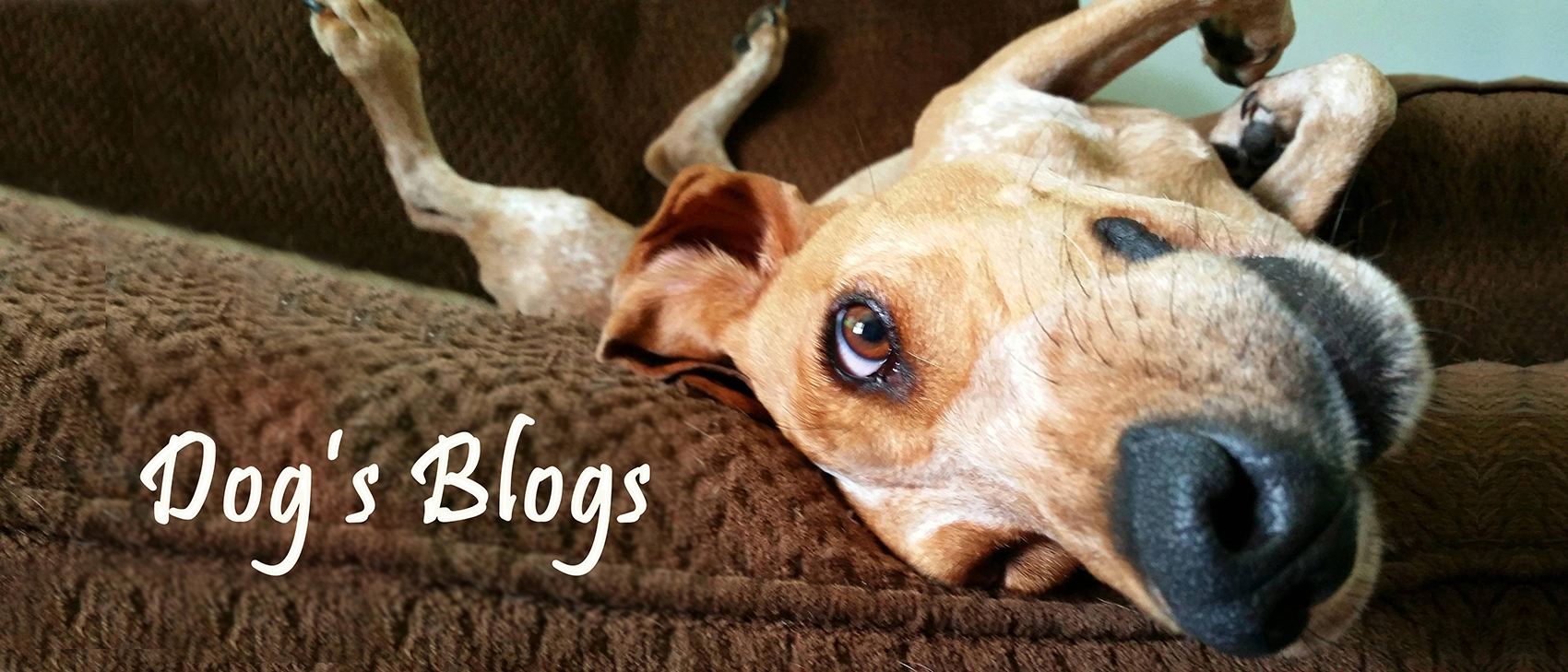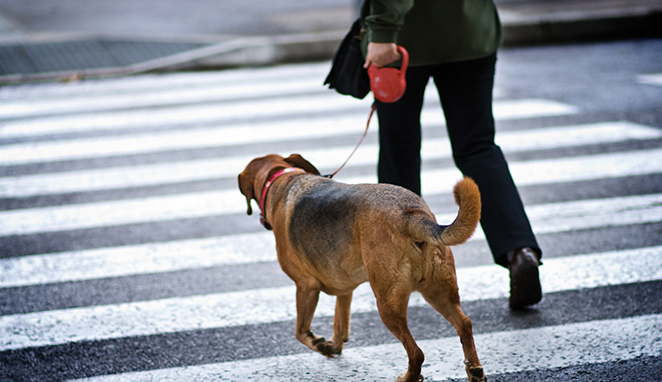What would you do if you were tied to the branch of a tree, feeling very very hungry and there was an apple lying on the ground just 2 feet beyond your reach?
Would you try to reach, stretch and pull to get access to the apple? If the branch gave in and bent enough for you to get the apple, would you try to reach another apple? Would you in fact try with even more determination than last time? Because your strategy worked once, do you now have faith that it will work again?
Anything that your dog wants is a reward while the dog still wants it. Imagine your dog wants to go and sniff a tree and pulls you towards it (with tension on the lead). Every step you take towards the tree becomes a reward for pulling. Your dog is learning that if it pulls you hard enough, for long enough, frequently enough… you will give in. Sadly, it is easy to end up in a situation where we have trained our dogs to be persistent leash-pullers.
Before we even discuss the strategies for punishing a dog for pulling, we must stop inadvertently rewarding the behaviour.
Dogs learn by observing patterns of what works and what doesn’t. Are you creating a pattern that teaches your dog that sometimes there’s a nasty consequence to pulling on the lead, but at other times it’s exactly what was needed? In that instance, it may take a very harsh punishment to convince your dog from pulling again next time. In fact, your dog will start to ‘gamble’ and fall for the temptation of testing out whether this time pulling might pay off. What this means is that you are creating a situation where your dog will continue to pull. You will need to use harsher and more frequent punishments in order to make it stop. Does this sound familiar?
So, first step in training a dog to stop pulling is never walk in the direction the dog is pulling. It is not fair to the dog to use punishments in the training, unless we have already become mindful and taken control of when we are (perhaps inadvertently) rewarding our dog.
Many Youtube clips will show you to stop if your dog pulls on the leash, and make it walk in a 360C circle around you before continuing. I, personally, find this approach time consuming and ineffective. Making the dog walk around in a circle holds no value as a correction (negative consequence). This method rarely creates a lasting change in the dog’s behaviour. It is however a good way to get the dog back into the correct position behind your leg. It’s great in that way for those times when you had already missed the right moment to give a punishment.
One punishment for pulling on the lead is to tighten the strap of a head collar or a training harness. But for some dogs I also find that ineffective or just too unpleasant.
In any case, I prefer to train the dogs to fully understand that I do not want them in front of me. I want the dog to choose to stay right behind my leg. I like to see a dog turn its head to check its position in relation to my leg and choose to draw back and avoid getting too far ahead.
Training a dog to walk on a loose leash behind my leg is one of my favourite things to teach. If you would like to walk down the street in a calm and relaxed manner, without any stress on your shoulder, then watch this video on how to achieve Loose Leash Walking. Even owners of hard pulling dogs will see a dramatic change within the first session. After only two sessions, most dog owners have mastered taking back the control of the walk.


